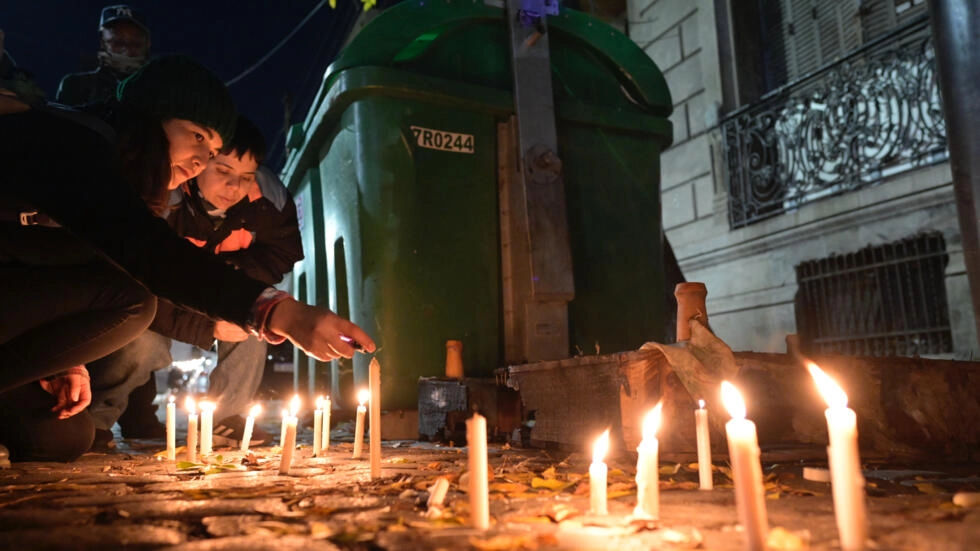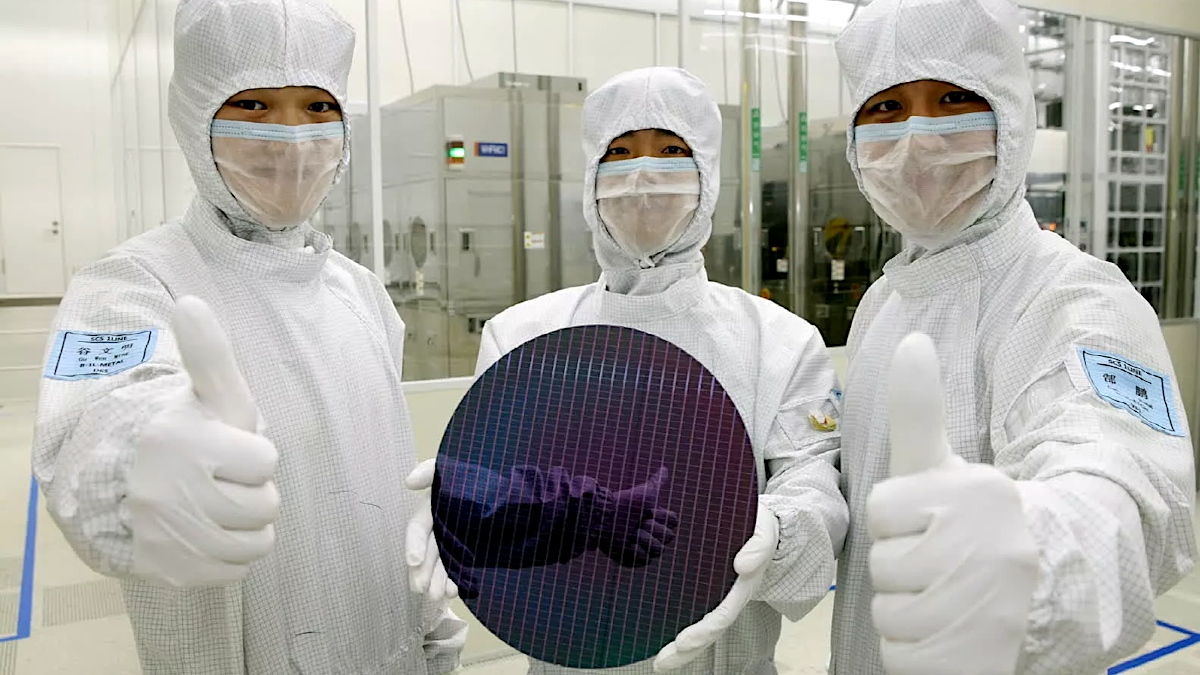#Endometriosis #affects #women #Helora #University #Hospital #specializes #surgical #treatment #complex #cases
The figures are distressing. It is now estimated that 10% of women of childbearing age are affected by endometriosis, a chronic disease characterized by the development of a uterine lining outside the uterus, colonizing other organs, causing chronic pain and can greatly handicap the daily life of patients.
Worse, it generally takes several years before a diagnosis is officially made. “It is estimated that it takes on average three gynecologists and seven to ten years before the diagnosis is confirmed,” explains Doctor Jean-François Simon, medical coordinator of Mon(s) Endometriose and head of the obstetrics and gynecology department on the Kennedy site of CHU Helora.
Today, the disease is a little better known to the general public. As a result, younger patients arrive for consultation. “This allows us to treat the disease more quickly and therefore limit its progression as much as possible.” On average, patients are aged between 20 and 30, but the first effects can be felt as early as adolescence.
In addition to medicinal solutions and complementary approaches, the Mons endometriosis clinic also offers cutting-edge surgical treatments, thanks to robotic surgery. The latter is necessary when medical treatment is insufficient to relieve pain, when there is a significant impact on the patient’s quality of life, in the event of infertility or in the case of complications.
Robotic surgery has already been practiced for some time in severe cases of endometriosis. ©E. Brl.
“Each intervention is discussed on a case-by-case basis and in consultation with all the center’s specialists,” underlines Doctor Yaacoub Salamé, gynecologist and robotic surgeon. “Severe endometriosis makes surgery complex due to adhesions between organs, changes in normal anatomical relationships and the need to remove all endometriotic lesions.”
This Tuesday, the doctor was in the operating room. “Robotic surgery is micro-invasive surgery. Concretely, small incisions are made and the patient’s stomach is inflated with gas to allow the passage of the instruments. The robot offers more maneuverability, 3D vision and better vision. The instrument is also more mobile than standard forceps, more rigid, which allows us more freedom of movement, more precision, finer dissections and therefore less risk of injury to adjacent organs.”
Ultimately, patients recover better. “Depending on the extent of the damage, an operation may require an hour or two to three hours,” continues the surgeon. The Kennedy site is one of the first Belgian hospitals to have used the surgical robot for therapeutic purposes for the treatment of endometriosis. As a result, he now benefits from great expertise.
Three doctors are trained in the use of the robot, a fourth is currently being trained. “It is always the patients’ comfort of life that will allow the teams to determine whether or not surgery is necessary,” adds Dr. Simon. Between 80 and 90% of operated patients will be cured or at least relieved. Some will have to face a recurrence and new lesions.
Each year, between 3OO and 400 women pass through the Mons service. All are supported by staff specifically trained in the disease, including pain management and relief.








:quality(85)/cloudfront-us-east-1.images.arcpublishing.com/infobae/BSQPFELWINGSDDAXKYZQ2CZWLM.jpg)


